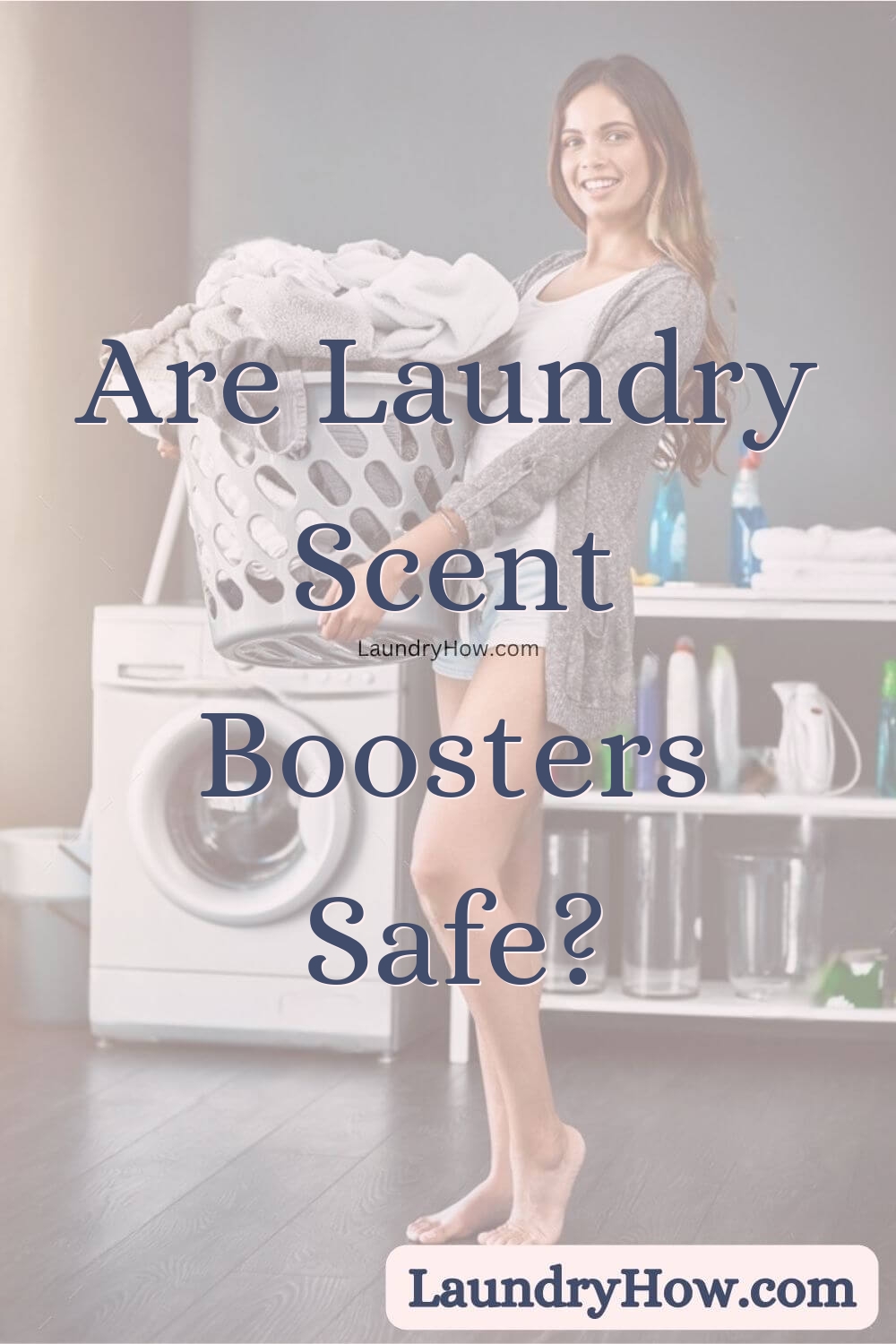Laundry scent boosters, also known as laundry perfumes or fresheners, are products that are added to the wash to make clothes smell extra nice. Popular brands of laundry scent boosters include Downy Unstopables, Gain Flings, Arm & Hammer Clean Burst, and Purex Crystals. These products promise to make your laundry super scented and smelling fresh for weeks.
But are these enticing scent boosters actually safe to use? That’s an excellent question. When it comes to what goes on our skin and into the environment, we want to make sure we’re using safe products. Let’s take a closer look at whether laundry scent boosters are harmless or if there’s reason for concern.
Examining the Ingredients
The first thing to evaluate is what’s actually in laundry scent boosters. The specific ingredients can vary between brands, but there are some common components:
- Fragrance oils – These give the boosters their pleasant smells but the exact formulation is usually a trade secret.
- Fabric softeners – These chemicals coat fabrics to make them feel soft and static-free. Common fabric softeners include quarternary ammonium compounds and fatty alcohols.
- Encapsulation ingredients – These are substances that help trap fragrance oils in tiny capsules to slowly release scent over time. Popular encapsulation ingredients include silica, starch, and gelatin.
- Preservatives – Small amounts of preservatives allow the boosters to stay fresh during long storage. Common preservatives include benzisothiazolinone and methylisothiazolinone.
- Dyes & optical brighteners – These visually enhance white fabrics to make them appear brighter and bluer. Examples are fluorescer optical brighteners and basic dyes.
So are any concerning chemicals hiding in that list? Let’s find out.
Are the Ingredients Toxic?
The big question is whether routine exposure to laundry scent booster ingredients could be harmful. Specific ingredients like fragrance formulations are protected trade secrets so can’t be evaluated. But extensive research has assessed common fabric softeners, preservatives, dyes and encapsulation ingredients.
Government agencies and independent toxicology research has found most laundry scent booster ingredients to be safe at typical household exposure levels. Exceptions would be for people with specific chemical sensitivities.
For example, quarternary ammonium fabric softeners are used in extremely small amounts during laundry and don’t show toxicity concerns. The same applies for commonly used preservatives like benzisothiazolinone, assuming people follow dosage guidelines and don’t misuse products.
Some people may still have adverse skin reactions to even well-studied ingredients. But in general, existing research suggests laundry scent boosters contain safe, non-toxic chemicals at standard usage levels. People following label directions are unlikely to experience health issues.
Environmental Impact
A different concern is how laundry products like scent boosters impact the environment after washing machines pump them out. Sewage treatment plants aren’t designed to remove all chemical residues before wastewater reaches rivers, lakes and oceans.
Studies analyzing effluent from treatment plants have detected residues from laundry detergents, fabric softeners, fragrances, and dyes. This indicates not all gets filtered out before entering waterways. There are concerns long term build-up could negatively impact aquatic life.
Groups like the Environmental Working Group recommend avoiding fabric softeners and scent boosters to minimize chemical pollution. Their argument is that these products don’t serve essential cleaning needs anyway – they exist solely for aesthetic reasons to make clothes smell nice.
So while laundry boosters may not pose immediate health dangers, their environmental impacts should also be considered by conscientious consumers.
The Verdict
After analyzing the ingredient safety data and potential environmental concerns, what’s the final verdict on laundry scent boosters?
The availale research suggests these products are likely safe for most people under normal usage conditions. Only those with direct chemical sensitivities may experience reactions from ingredients like fragrances and preservatives. Still, it can’t hurt to use the minimum effective amount needed.
The bigger issue to consider is the environmental aspect. Laundry scent boosters do ultimately contribute extra chemicals to wastewater. Consumers have to weigh their desire for favorable scented laundry against the ecological impacts of using these unnecessary products.
For people trying to reduce their environmental footprint, skipping the fragrance boosters represents a simple way to avoid releasing chemicals into water systems. But people less concerned with sustainability can feel confident using laundry scent boosters without major health fears as long as labels are followed.
Like many consumer product debates, the answer comes down to balancing different priorities. But considering the available science on safety and ecological impacts, laundry scent boosters look low risk for health even if their necessity can be questioned. Smelling nice may not justify environmental consequences for some, but the choice ultimately lies with individual values and priorities.
References
Environmental Working Group. (2020, November 12). Fabric softeners & dryer sheets. https://www.ewg.org/cleaningguide/fabric-softeners-dryer-sheets
Kłos, A., & Trejgell, A. (2020). The environmental impact of laundry detergents. Sustainability, 12(7), 2948. https://doi.org/10.3390/su12072948
Mixing scents: Experimental study of the factors influencing pollution caused by residues of fragrances in wastewater. (2017). Environmental Science and Pollution Research, 24(15), 13168–13177. https://doi.org/10.1007/s11356-017-8883-0
Rezaei, E., Shayegh, M., & Asadollahi, M. A. (2019). The pollution of fragrance microcapsules in aquatic environment. Processes, 7(9), 593. https://doi.org/10.3390/pr7090593

Laura has had an enthusiasm for laundry ever since she was a teenager experimenting with wash cycles. She went on study textile science in college before working in product testing.
Soon, Laura found friends and family constantly asking her laundry advice, realizing she had become an unofficial laundry guru. The questions kept coming in, so Laura decided to start sharing laundry tips online to help more people. The enthusiastic response led her start the blog “Laundry How”.
Now in her late thirties, Laura uses Laundry How to tackle all kinds of laundry topics – stains, fabric care, detergents, and more. She provides advice from both her studies and experience testing techniques out firsthand. Laura continues to grow an engaged community of laundry learners, feeling fulfilled empowering people to make laundry an easy, confidence-building ritual rather than a dreaded chore.
